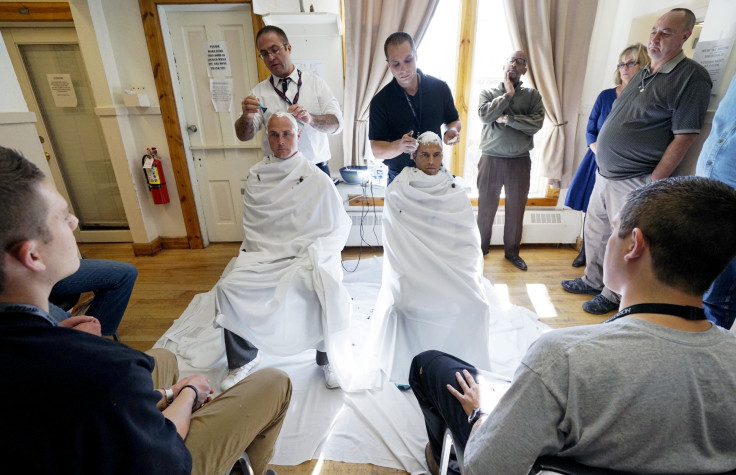White House Initiates Prison Reform, Focusing On Reducing Repeat Offenders

The White House has initiated prison reformation objectives where President Donald Trump’s senior adviser Jared Kushner will push a bill that primarily focuses on inmates' rehabilitation and extensive therapy to contain criminal re-offense ratio.
The Trump administration, in its prison reformation objectives, has been open to developments such as lowering of harsh sentences for non-violent drug crimes and helping the prisoners successfully reenter society, and aims at making the legislation more dynamic and inmate centric.
In an effort to get a better understanding on prisoner reformation, White house officials have reviewed existing public and private efforts that have proved successful in the past.
For the same, Brooke Rollins, the CEO and president of Texas Public Policy Foundation, a free market think-tank partly dedicated to criminal-justice reformation, was hired as Trumps’ assistant in the Office of American Innovation.
The office, created by Trump and run by Kushner, aims at recommending policies to the president to improve the quality of life and develop job opportunities for Americans across every stratum. By appointing Rollins, who is a successful prison reformation activist in Texas, the Trump administration seeks to find a creative and pragmatic solution to prison reformation, which is one of the most languishing issues in the United States.
Rollins has persistently pushed forward a criminal justice reformation program that primarily focuses on the reduction of “recidivism rates,” which refer to the criminals’ tendency to repeat offenses.
The reason to focus on recidivism rates is the fact that 95 percent of the people who were incarcerated across the nation will be released at some point. Many convicts, after exiting the prison system, often struggle to become self-sufficient, and as a result, may return to their criminal ways and eventually end up in prison. Two-thirds of the 650,000 people released from prison each year are arrested again within three years, Trump said during a meeting in January on prison reforms.
To contain the recidivism rates, Trump administration reviewed and monitored policies of states like Kansas and Kentucky, which have improved prison reformation systems. Kansas has a juvenile system structure that ensures the young convicts do not become repeated offenders, while Kentucky prison facilities provide job training to their inmates, and even help them obtain professional license upon their release.
Former Kansas Gov. Sam BrownBack said, “The biggest thing that we’ve gotten done that’s been successful have been mentoring programs, private person-to-person mentoring programs. We’ve got 7,500 matches that we’ve made. Because most people, when they come out of prisons, they don’t have many relationships that are reliable or good for them to get back on their feet. And that has cut the recidivism rate, for those 7,500, in half — from 20 to under 10 percent. And I just think that makes sense for us to do to help them out,” during the prison reform meeting with the president in January.
The White House reformation plans include expanding access to prison work programs, encouraging public-private partnership, assisting inmates both pre- and post-release and prioritizing funding of federal programs with a proven track records of reducing recidivism in state prisons.
© Copyright IBTimes 2024. All rights reserved.





















